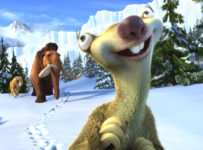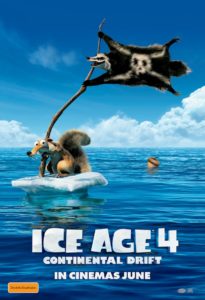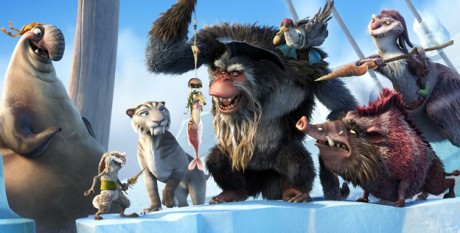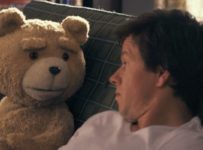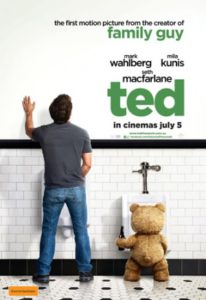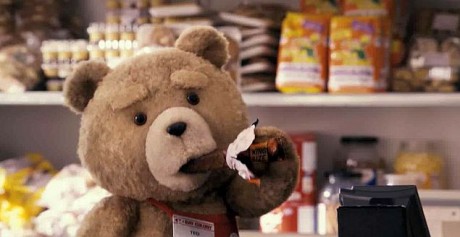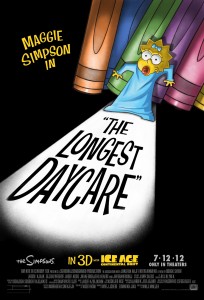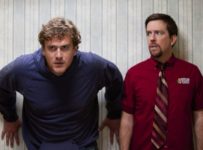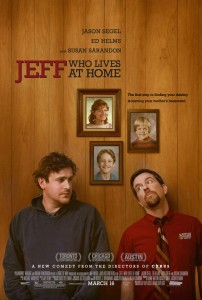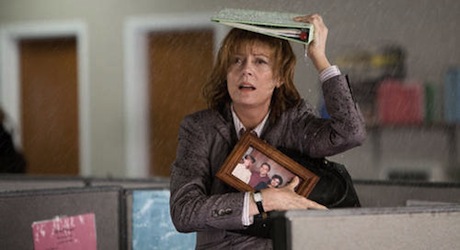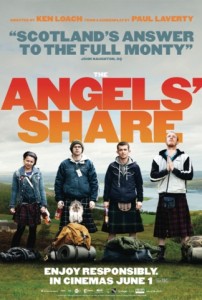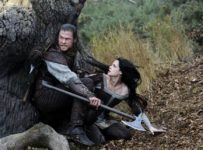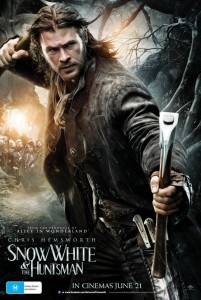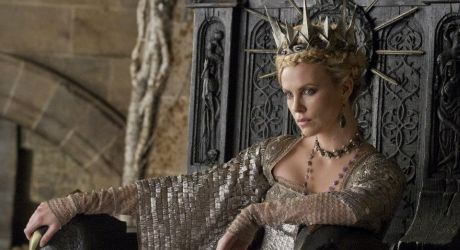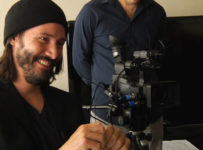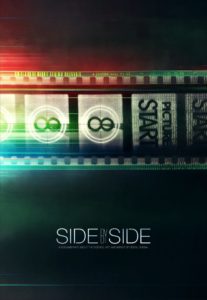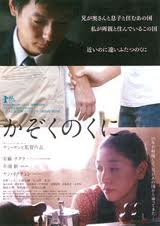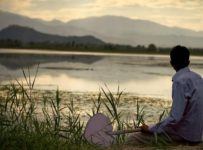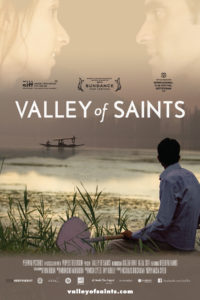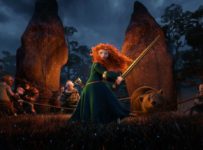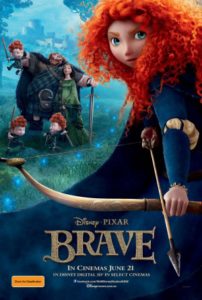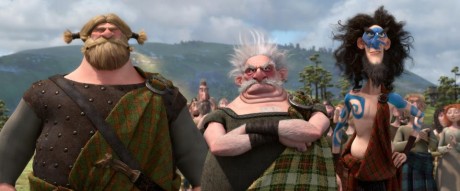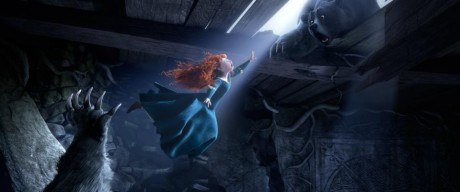A frenetic experience for the little ones, the fourth entry in the popular franchise may leave everyone else out in the cold.
[stextbox id=”grey” caption=”Ice Age 4: Continental Drift (2012)” float=”true” align=”right” width=”200″]
Director: Steve Martino, Mike Thurmeier
Writers: Michael Berg, Jason Fuchs, Mike Reiss
Runtime: 94 minutes
Starring: Ray Romano, John Leguizamo, Denis Leary, Queen Latifah, Seann William Scott, Josh Peck, Keke Palmer, Chris Wedge, Peter Dinklage, Jennifer Lopez, Drake, Nicki Minaj
Distributor: Fox
Country: US
Rating (?): Rental For Sure (★★)
The original Ice Age was released back in 2002, a year when Disney struggled to find an audience for Treasure Planet, DreamWorks followed up the almighty Shrek with Spirit: Stallion of the Cimarron and Pixar was between pictures. Into this void came upstarts Blue Sky Studios, spinning a celebrity-heavy tale set in prehistoric times. Blue Sky have been in the Ice Age business ever since, by way of Robots (2005), Dr. Seuss’ Horton Hears a Who! (2008) and Rio (2011), and Ice Age 4: Continental Drift marks the third sequel for the fading franchise.
Picking up several years after Ice Age: Dawn of the Dinosaurs (2009), Scrat still hasn’t caught that acorn, and the results of his pursuit have literally torn the world apart. As the continents begin to drift, woolly mammoth Manny (Ray Romano) is separated from his wife Ellie (Queen Latifah) and rebellious daughter Peaches (Keke Palmer). Manny must once again join forces with sloth Sid (John Leguizamo) and sabre-tooth cat Diego (Denis Leary) to try to get back home, while battling prehistoric ape Captain Gutt (Peter Dinklage) and his gang of pirates.
The embattled animals have faced the world freezing, followed by global warming and the most frightening beast of all: anachronistic dinosaurs. Now they are forced to face another world shattering cataclysm, as the cold hard truth of monotony rears its ugly head. Falling back on the familiar ‘Ice Age Junior’ trope yields a directionless first act, dominated by Peaches and her yearning to break free of an overbearing dad. Indeed, this mostly goes nowhere until the final act, when an unlikely hero emerges. For the most part, the film veers from location to location, held together by the flimsy premise of ice pirates, but loses most of its charm in the process. The addition of the pirates adds a whole slew of new characters, but that just means less time is spent with the core group, and that has always been where the heart of the series is.
The animation is crisp, and the variety of locations allows for something more than the endless white of snow and ice, and this is undoubtedly the best looking entry in the series to date. Every hair is lovingly rendered, making for a stark contrast to the almost antiquated simplicity of the first entry. The film is at its visual best during the sub-plot of Scrat, but if we feel as though we have seen this all before, it’s because we have: the 2010 “short film” Scrat’s Continental Crack-Up serves as the opening sequence to this film, and the rest of the gags were seen as extended trailers in front of films over the course of the blockbuster season. It’s a disappointing and directionless entry that might have just enough laughs for the little ones, but never leaves shallow waters.
Ice Age 4: Continental Drift is released in Australia on 28 June 2012 from Fox. It is released in the US on 13 July 2012.
If you do see Ice Age 4: Continental Drift, get there early to see the terrific short Maggie Simpson in The Longest Daycare.
